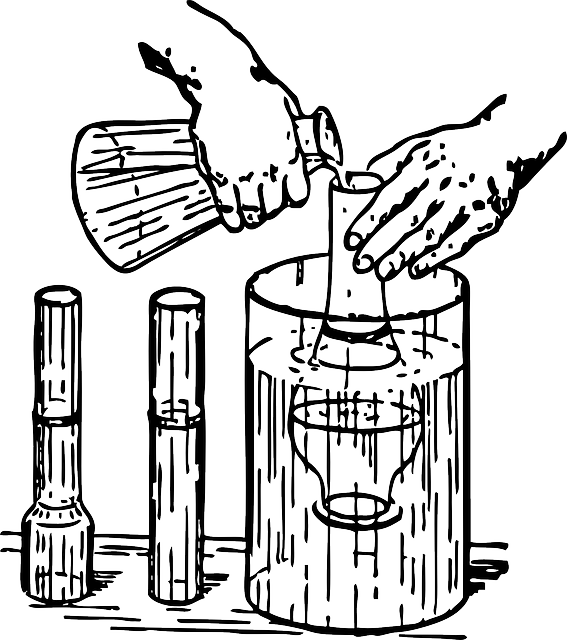Medical background verification is a critical safety measure in healthcare, screening patients for health history and ensuring provider accountability. Traditional manual methods are slow and error-prone, but automated systems now offer efficient real-time verification, enhancing patient trust and provider integrity. Robust implementation involves thorough scrutiny of medical histories and licenses, keeping up with regulatory standards to prevent risks and improve patient care.
The healthcare industry, with its sensitive patient data and critical decision-making, demands rigorous background screenings. This article delves into the paramount importance of medical background verification, exploring how it safeguards patients and professionals alike. We analyze the current state of background screening in healthcare, identifying gaps and opportunities for improvement. Furthermore, practical strategies are presented to implement effective, robust screening processes, ensuring a secure and trustworthy healthcare environment.
- Understanding the Importance of Medical Background Verification
- The Current State of Background Screening in Healthcare
- Implementing Effective Strategies for Rigorous Screening
Understanding the Importance of Medical Background Verification

In the dynamic and sensitive field of healthcare, ensuring patient safety and trust is paramount. This is where medical background verification plays a pivotal role. It involves meticulous screening of prospective patients to uncover any pre-existing conditions, medications, or health history that could impact their current or future treatment.
Accurate medical background verification isn’t just a regulatory requirement; it’s a cornerstone of quality healthcare delivery. By obtaining a comprehensive view of a patient’s health profile, healthcare providers can make informed decisions, tailor treatments effectively, and prevent potential adverse events. This process is crucial for maintaining high standards of care, ensuring patient well-being, and fostering strong provider-patient relationships.
The Current State of Background Screening in Healthcare

The current state of background screening in healthcare is a critical yet often overlooked aspect of patient safety and provider accountability. While many industries have implemented robust verification processes, the healthcare sector faces unique challenges due to its sensitive nature and direct impact on human lives. Medical background verification goes beyond basic criminal checks; it encompasses verifying credentials, licenses, education, and work history to ensure practitioners meet the highest standards.
Today, many healthcare organizations rely on manual, time-consuming methods for screening, which can lead to delays in staffing and potential risks if information is not up-to-date or accurate. However, with advancements in technology, automated background screening systems are emerging as a game-changer. These digital solutions streamline the process, allowing for efficient, real-time verification of medical records, licenses, and certifications, thereby enhancing patient trust and ensuring healthcare providers maintain the integrity of their profession.
Implementing Effective Strategies for Rigorous Screening

Implementing effective strategies for rigorous screening is paramount in the healthcare industry to mitigate risks and ensure patient safety. Medical background verification plays a pivotal role here, as it involves thorough checking of an individual’s medical history, licenses, certifications, and any previous disciplinary actions or legal issues. This process helps healthcare providers identify potential hazards that could impact patient care.
Screening methods should be robust enough to include multiple data sources and utilize advanced technology for accuracy. Automated systems can streamline the process, reducing manual errors while enhancing efficiency. Regular updates on screening protocols are essential to keep up with evolving regulatory standards and emerging threats in healthcare delivery.














